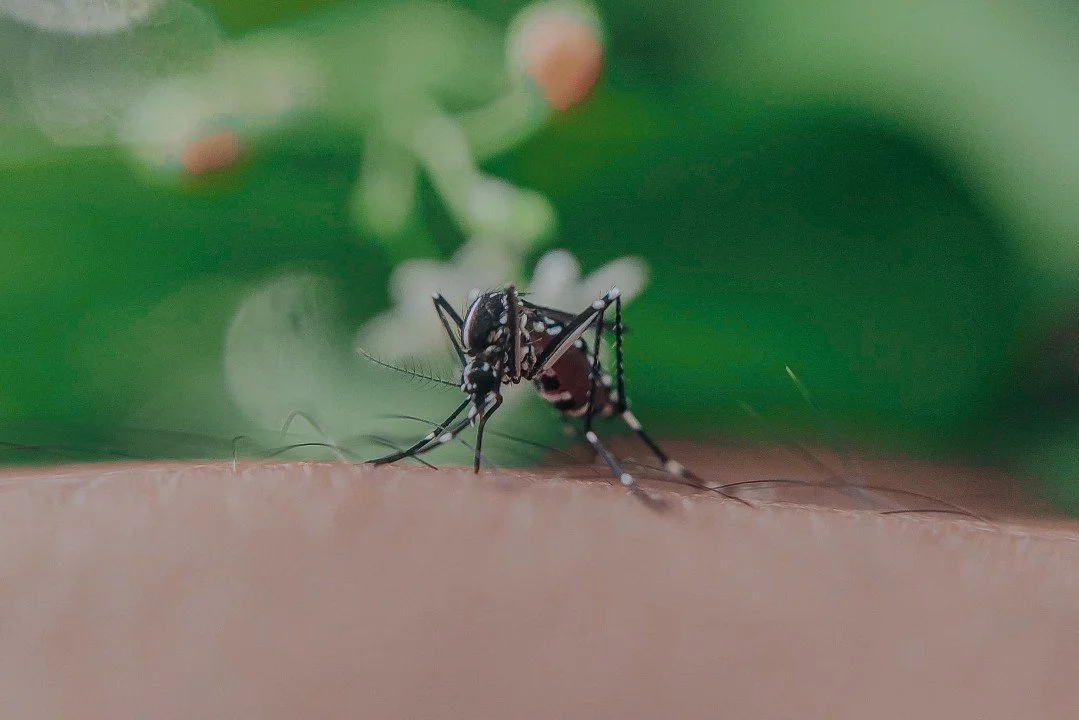Out of sight out of mind? A dangerous mindset for global health.
In a world full of slogans and messages, there are few that deeply resonate. Politico recently posted that “the unusual emergence of [polio] in countries like the U.S., Israel and the U.K. should serve as an uncomfortable reminder to Western governments that the COVID-era adage that "no one is safe until everyone is safe," is more than just an empty slogan.” It was used broadly during the COVID-19 vaccine campaign, and proved to be true when we saw the impact of variants and spikes in cases correlating with vaccine roll-out worldwide. Thankfully, generous funding has helped expand the geographical reach of COVID-19 vaccine and treatment availability, but the continued focus on the latest pandemic has caused a dangerous opportunity for other endemic diseases to gain foothold. As we are seeing today with polio cases on the rise, spreading beyond polio-endemic countries, I can’t help but wonder how soon malaria could start expanding its present reach. Before you dismiss the notion that malaria could begin showing up more regularly in North America and other unexpected continents, let’s take a quick look at history.
Did you know that malaria has been around since the dinosaurs? Scientists have found fossil evidence that malaria was carried by mosquitoes over 20 million years ago. And, unfortunately, it didn’t go extinct when they did.
Many of us are unaware that as recently as 200 years ago, malaria was one of the leading causes of death in the United States. In fact, according to the U.S. Census Bureau, in the nineteenth century, the malaria death toll for children under five years old in parts of the country was as high as it is in malaria-endemic countries today. Malaria ran rampant both near and far during times of war, infecting an estimated 1.5 million soldiers during World War One and taking the lives of more American World War Two soldiers in the Pacific than those who perished in battle. When the CDC was founded in 1946 (previously known as the Communicable Disease Center) it had a primary objective of eliminating malaria from the United States. With widespread insecticide spraying, the use of drainage ditches, and window screens, malaria was considered eradicated in 1951 from the country. However, over the past few decades in the U.S. cases have steadily increased. Today, the majority of cases are still imported, but it would only take small changes in environmental conditions to set-up a situation where local transmission rates could begin to climb.
Global eradication of malaria remains an important goal, as the WHO estimates that nearly 50% of the world’s population is at risk of contracting malaria. In 2020 alone, the estimated number of deaths from malaria was 627,000, 96% of which were concentrated in the WHO African Region, with 80% being children under the age of five.
This past summer while in South Africa, I was repeatedly struck by an announcement that played on a loop at the airports. “Protecting you, protecting us.” The message was focused on COVID-19 precautions, however my mind has returned to this adage regularly since the trip. For me, it adds another dimension to the concept that “no one is safe until everyone is safe” — which applies to many diseases that plague global communities, including malaria.
We desperately need a shift in thinking — globally. Climate change is broadening the geographical range of vectors and aggravating over half of the known human pathogenic diseases. This accelerated spread of disease and increasing creation of breeding grounds for malaria transmitting mosquitoes is of grave public health concern. As we have seen this year with cases of polio taking society by surprise in many parts of the world, there is a real risk for the reemergence of diseases in unexpected geographies when we as a society lose sight of them. As a global society, we must prioritize malaria elimination through policy, funding, global vaccination education, treatment, prevention, and testing to locate suspected and unknown pockets of illness. At the end of the day, we have the tools to win against malaria, the dinosaurs didn’t.

